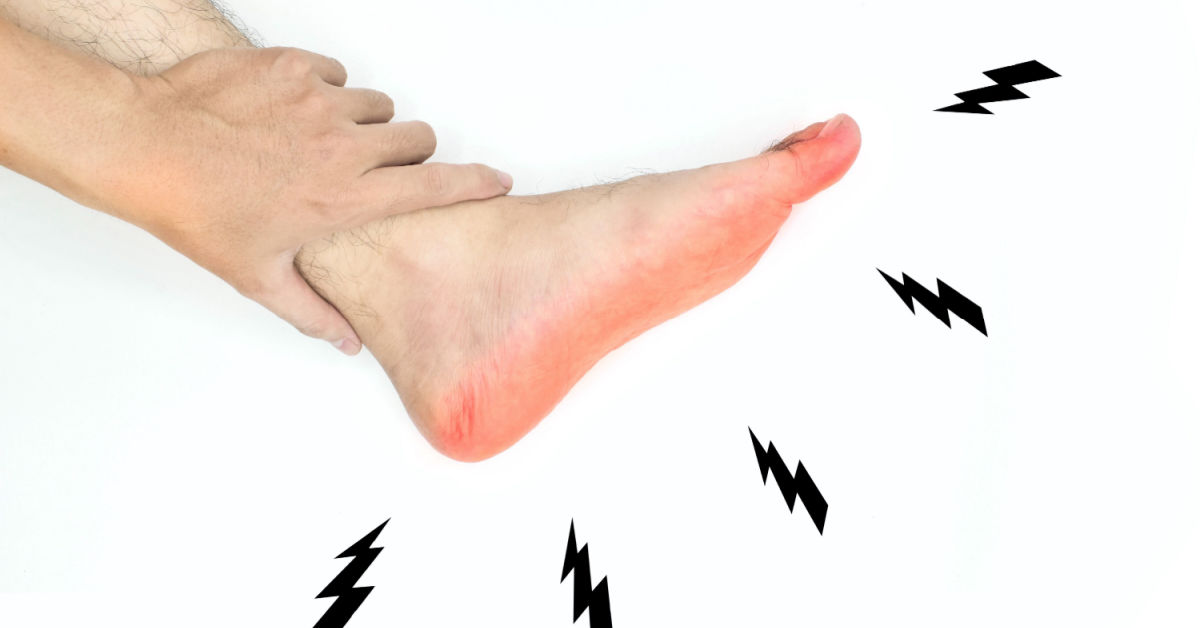Multifocal Motor Neuropathy: Causes, Symptoms, Treatment & Effects


Overview
Many diseases exist that affect our ability to move. It can be genetic or acquired. Multifocal motor neuropathy (MMN) is one such condition that may affect our muscle movements. People suffering from MMN find it challenging to perform daily chores. This blog is a comprehensive guide on Multifocal motor neuropathy, its causes, symptoms, and treatment options available.
What is Multifocal Motor Neuropathy (MMN)?
Multifocal motor neuropathy (MMN) is a rare, acquired condition that affects the motor nerves that control muscle movement in your body. Due to the illness, the muscle in the hands, legs, or arms may not receive signals to move, thus leading to weakness in muscles and difficulty moving. These affected muscles may sometimes twitch or cramp too.
Slowly, worsening symptoms can make it difficult to perform simple, daily activities such as walking or getting dressed. However, many may also experience mild symptoms that may not require treatment. After diagnosis, such people with mild disease can continue working and staying active for several years.
MMN is typically diagnosed in people in their 40s and 50s; however, it can affect adults as young as 20 and as old as 80. Most of the time, therapy for MMN can make the muscles stronger.
What are the Causes of Multifocal Motor Neuropathy?
Researchers are still unaware of the cause of MMN. It is an autoimmune condition, which means your immune system attacks your nerve cells, thinking they are foreign intruders. Researchers are continuing to make efforts to understand the cause of this condition.
What are the Symptoms of Multifocal Motor Neuropathy?
The early signs of MMN will most likely manifest in your hands and lower arms. You can experience weakness, cramps, or uncontrollable muscle twitching. It may begin in a specific area of the hand or arm, such as the wrist or finger. Usually, one side of your body tends to have more intense symptoms, and your legs can eventually be affected.
MMN won’t impact your sensory nerves, so you’ll still be able to feel with your hands and arms. However, as you age, your MMN symptoms may progressively worsen.
What are the Diagnostic Methods for Multifocal Motor Neuropathy?
It is easy to confuse Lou Gehrig’s disease (ALS) with MMN. They both exhibit comparable signs, such as twitching. But MMN is curable, unlike ALS. Your doctor may recommend visiting a neurologist to examine you physically and inquire about your symptoms.
In order to rule out any other disorders that can be causing your symptoms, the doctor performs specific blood and nerve testing. They may carry out the following tests:
- Nerve Conduction Study (NCS): This examination measures the speed at which electrical signals go through your nerves. Typically, your doctor places two sensors on the skin over one of your nerves: one to record the activity and the other to transmit a little electric shock. If the doctor feels that more than one nerve is affected, they can conduct the test on multiple nerves.
- Needle Electromyography (EMG): To conduct this test, your doctor puts electrodes on your arms. The electrodes have tiny needles that are inserted into your muscles. They are wired to a device that detects the electrical activity in your muscles. For the gadget to record the activity, you should slowly flex and relax your arms. The NCS and this test may be performed concurrently by the physician.
- Blood test: Your blood may be examined to check for the presence of GM1 antibodies, a component of your immune system. If you have high levels of antibodies, you likely have the illness. However, even if you don’t have many antibodies, you may still develop MMN.
What are the Treatment Options for Multifocal Motor Neuropathy?
You may not need therapy if your symptoms are relatively minor. If you do require medical attention, your physician generally recommends a drug called intravenous immunoglobulin (IVIg). As the name suggests, the drug is administered directly into one of your veins.
If IVIg is effective within 3 to 6 weeks, you should notice an increase in your muscle strength. However, the effects fade over time, necessitating continued treatment. Depending on your health, you may need treatment once a month. IVIg is known to have minimal adverse effects.
Your physician may also suggest cyclophosphamide medication. It is a medication used to treat some cancers. As the drug suppresses your immune system, it helps in reducing your symptoms. Unlike immunoglobulin, Cyclophosphamide may have more negative side effects.
What are the Effects of MMN?
Patients with MMN may be able to perform most regular activities. However, in some cases, the illness can worsen and prevent the person from accomplishing daily chores.
Depending on the affected muscles, your issues differ. For example, if your hand muscles are involved, you may encounter problems eating, typing, writing, or buttoning clothes, and if your leg muscles are affected, it may lead to difficulty in walking.
Conclusion
Early MMN treatment ensures the likelihood of reduced symptoms and slower disease progression. Following your treatment plan and informing your doctor if your symptoms change is best.
You may wish to contact an occupational or physical therapist if you struggle with a particular task. If the affected muscles prevent you from performing simple chores, they can show you how to execute daily tasks more effortlessly while helping you maintain healthy muscles.
Frequently Asked Questions (FAQs)
Is MMN fatal?
Given that the cranial and respiratory muscles are spared, multifocal motor neuropathy seldom results in death.
What is the prognosis of patients with MMN?
Multifocal motor neuropathy typically has a favorable prognosis. Around 80% of individuals benefit from IVIg therapy. Most patients (about 20%) experience long-lasting remission, whereas the remainder needs repeated IVIg or SCIG treatments. Muscle weakening only develops gradually in all patients, including non-responders, and most can carry out everyday tasks.





